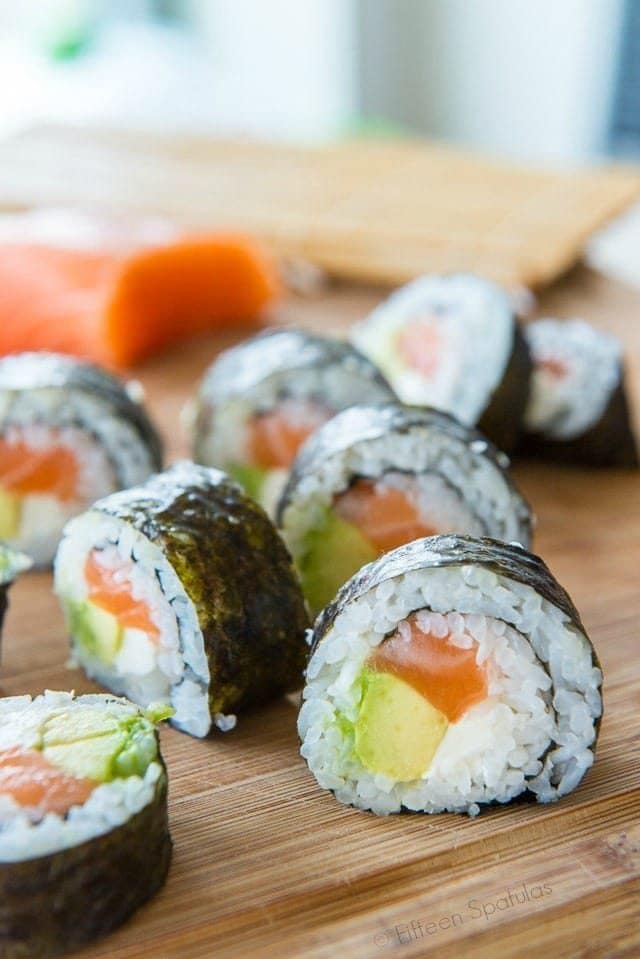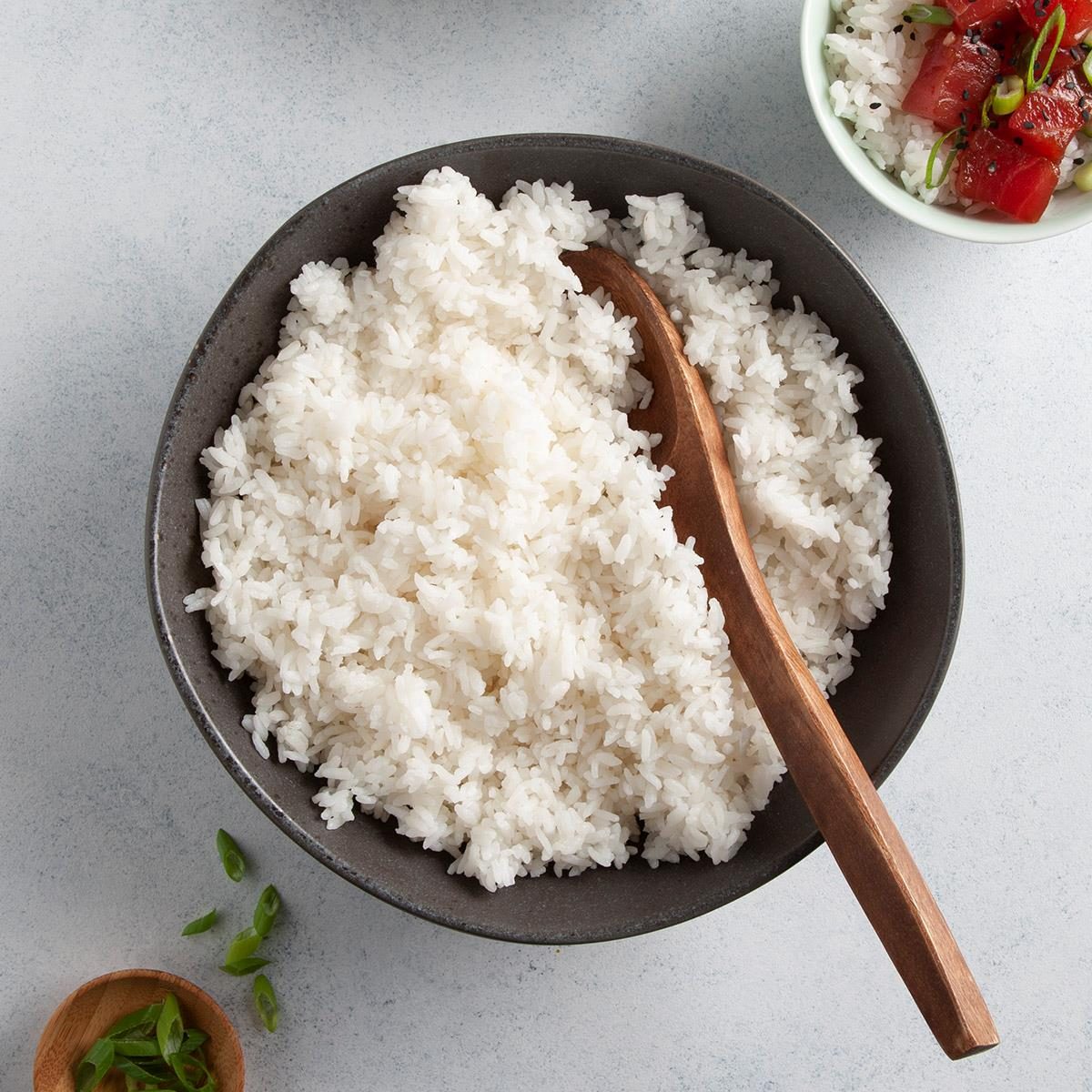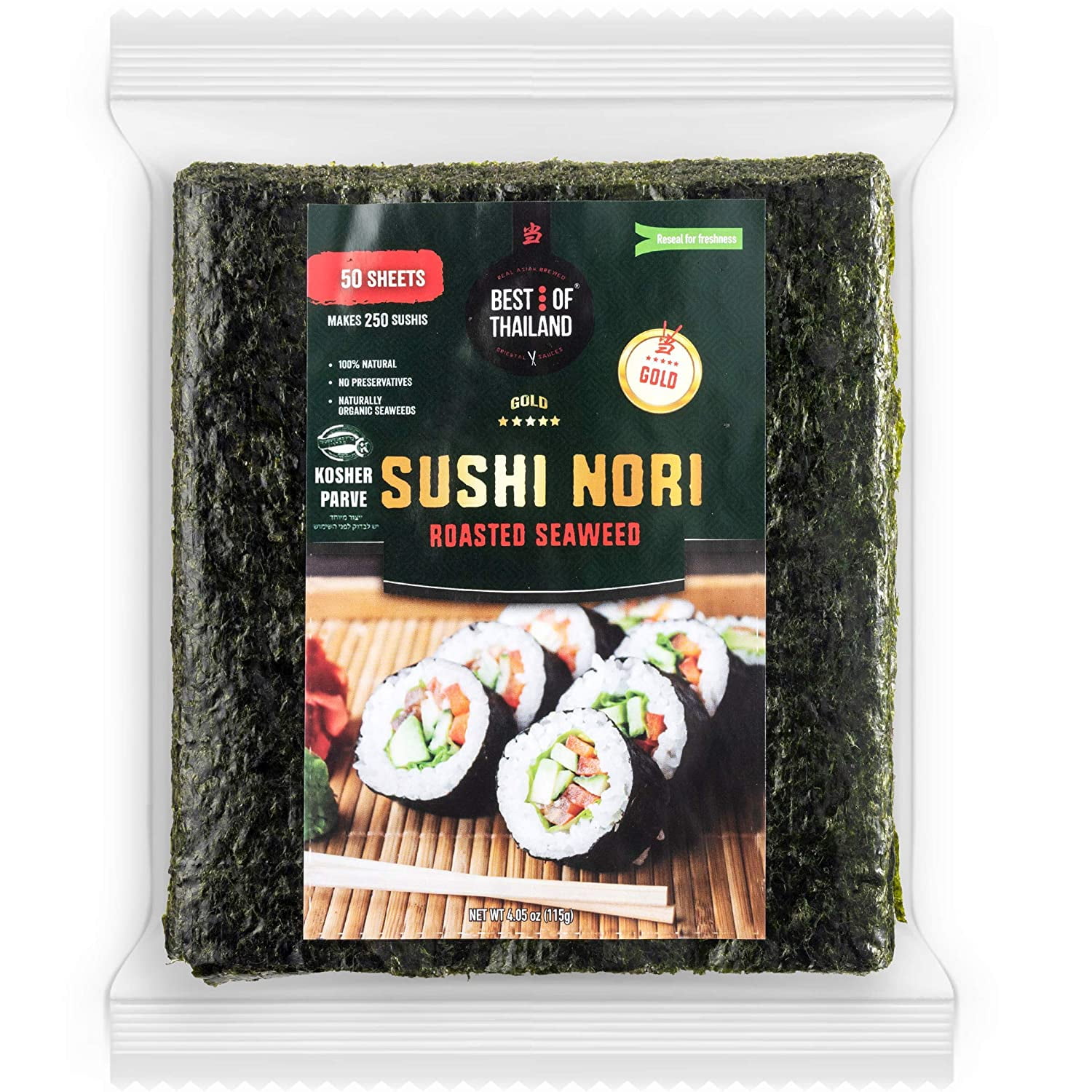How to Make the Best Japanese Sushi Rolls at Home

Imagine biting into a perfectly crafted sushi roll, the delicate balance of flavors and textures dancing on your palate. Now, picture doing this in the comfort of your own home. Making the best Japanese sushi rolls at home might seem daunting, but with the right guidance and a bit of practice, you can master this culinary art. Let's dive into the world of sushi-making and create a masterpiece that will impress your friends and family.
Understanding the Basics of Sushi Rolls
Before we get our hands dirty, it's essential to understand the key components of a sushi roll. The primary elements include sushi rice, nori sheets, sushi filling, and sushi sauce. Each of these plays a crucial role in creating the perfect roll.
Sushi Rice: The Foundation of Your Roll
Sushi rice is not just any rice; it's the heart and soul of your sushi roll. The perfect sushi rice is sticky, slightly sweet, and vinegary. To achieve this, you need to use short-grain Japanese rice, which has the right texture and stickiness.
How to Make Sushi Rice
- Rinse the Rice: Start by rinsing the rice several times until the water runs clear. This removes excess starch and ensures the rice doesn't become too sticky.
- Cook the Rice: Cook the rice according to the package instructions or use a rice cooker for convenience.
- Season the Rice: Once cooked, transfer the rice to a large bowl and mix in rice vinegar, sugar, and salt. Fan the rice while mixing to help it cool down quickly and absorb the flavors.
Nori Sheets: The Wrapper
Nori sheets are made from dried seaweed and provide the outer layer of your sushi roll. They come in various qualities, so choose a good-quality nori for the best flavor and texture.
Sushi Filling: The Star of the Show
The sushi filling is where you can get creative. Common fillings include raw fish like tuna or salmon, cooked seafood like shrimp or crab, and vegetables like cucumber, avocado, and carrots. The possibilities are endless, so feel free to experiment with your favorite ingredients.
Sushi Sauce: The Finishing Touch
Sushi sauce can enhance the flavors of your roll. Soy sauce is the most common, but you can also use eel sauce, spicy mayo, or even a homemade teriyaki sauce for a unique twist.
Preparing Your Sushi Rolling Station
Before you start rolling, set up your sushi rolling station. You'll need a bamboo sushi mat, a sharp knife, a cutting board, and a bowl of water to keep your hands moist. This will prevent the rice from sticking to your hands and make the rolling process smoother.
Step-by-Step Guide to Sushi Rolling
Now that you have all the components ready, it's time to roll. Follow these steps to create the best Japanese sushi rolls at home.
Step 1: Lay Out the Nori Sheet
Place a nori sheet on your bamboo mat, shiny side down. This will ensure the rough side of the nori is on the outside, providing a better grip for your hands.
Step 2: Spread the Sushi Rice
Wet your hands slightly and spread a thin layer of sushi rice over the nori sheet, leaving about an inch of space at the top. Be careful not to press the rice too hard, as this can make the roll too dense.
Step 3: Add the Sushi Filling
Place your chosen fillings in a line across the bottom of the nori sheet. Be mindful not to overfill, as this can make rolling difficult.
Step 4: Roll the Sushi
Using the bamboo mat, carefully lift the bottom edge of the nori sheet and roll it over the fillings. Apply gentle pressure to create a tight roll. Continue rolling, using the mat to shape the roll.
Step 5: Cut the Sushi Roll
Once rolled, use a sharp knife to cut the sushi roll into bite-sized pieces. Wet the knife slightly to prevent the rice from sticking.
Tips for Perfect Sushi Rolling
- Keep Your Hands Moist: Dip your hands in water frequently to prevent the rice from sticking.
- Don't Overfill: Too much filling can make the roll difficult to close and may cause it to fall apart.
- Use Gentle Pressure: Apply just enough pressure to create a tight roll without squishing the fillings.
Serving and Enjoying Your Sushi Rolls
Your sushi rolls are now ready to be enjoyed. Serve them with soy sauce, wasabi, and pickled ginger for a traditional experience. You can also get creative with your sauces and accompaniments.
Conclusion
Making the best Japanese sushi rolls at home is a rewarding culinary adventure. With the right ingredients, a bit of practice, and these step-by-step instructions, you can create sushi rolls that rival those from your favorite restaurant. So, why wait? Gather your ingredients, set up your sushi rolling station, and dive into the world of homemade sushi. Your taste buds will thank you!
FAQs
What is the best type of rice for sushi?
- The best type of rice for sushi is short-grain Japanese rice. It has the right texture and stickiness for making sushi rolls.
Can I use regular vinegar for sushi rice?
- While you can use regular vinegar, rice vinegar is preferred for its milder flavor and balanced acidity.
How do I prevent my sushi roll from falling apart?
- To prevent your sushi roll from falling apart, avoid overfilling it and apply gentle pressure while rolling. Also, keep your hands moist to prevent the rice from sticking.
What are some common sushi fillings?
- Common sushi fillings include raw fish like tuna or salmon, cooked seafood like shrimp or crab, and vegetables like cucumber, avocado, and carrots.
Can I make sushi rolls ahead of time?
- Yes, you can make sushi rolls ahead of time. Store them in the refrigerator and consume within a day for the best flavor and texture.


0 Response to "How to Make the Best Japanese Sushi Rolls at Home"
Post a Comment